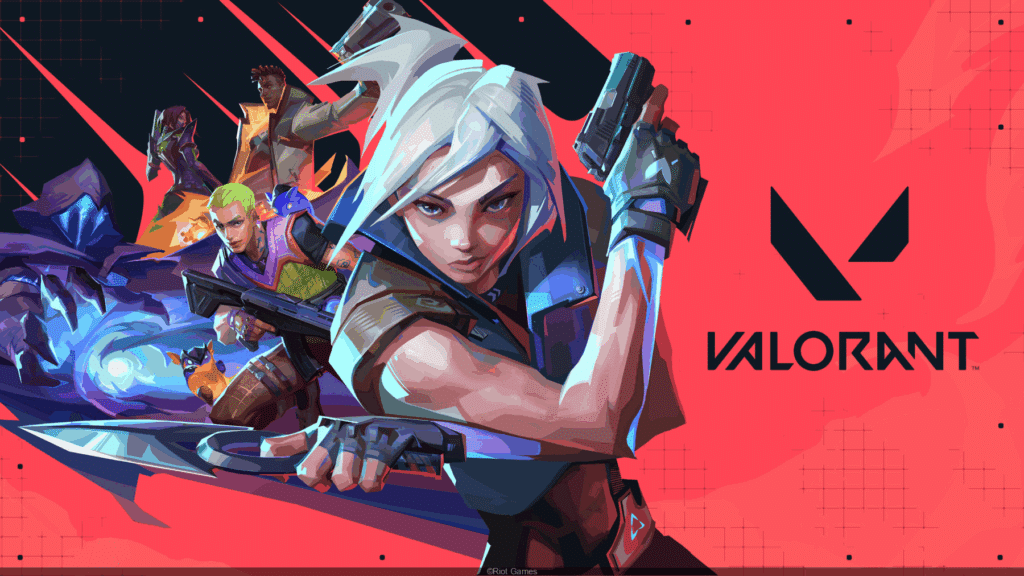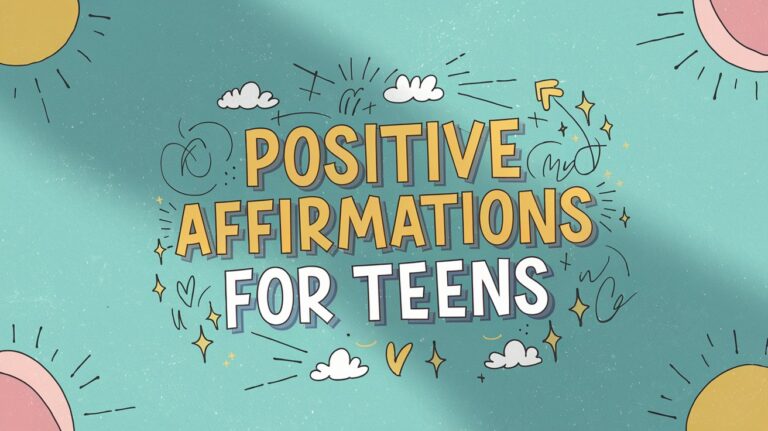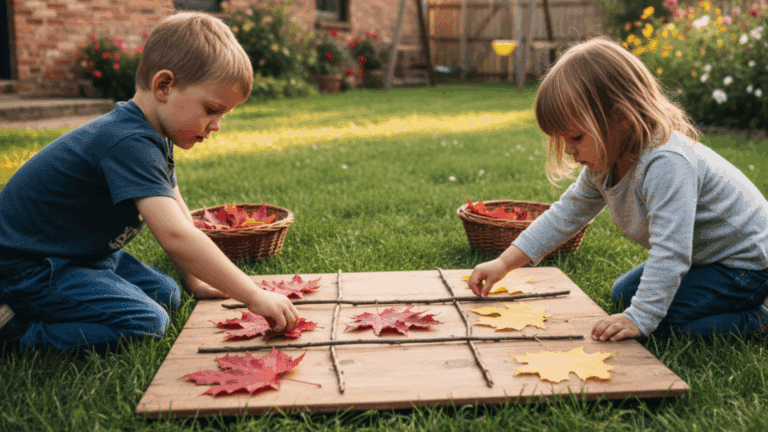The gaming landscape has evolved dramatically over the past decade, with competitive first-person shooters like Valorant capturing the attention of millions worldwide. Developed by Riot Games, Valorant has quickly become one of the most popular tactical shooters, attracting players of all ages, including children and teenagers.
As parents navigate this digital terrain, understanding the game’s impact on young minds becomes crucial for making informed decisions about their children’s gaming habits.
Understanding Valorant’s Appeal to Young Players
Valorant combines tactical gameplay with unique character abilities, creating an engaging experience that appeals to strategic thinkers. The game’s colorful art style and diverse cast of characters, known as “Agents,” each with distinct personalities and abilities, naturally attract younger audiences.
Unlike some darker, more realistic shooters, Valorant maintains a stylized aesthetic that feels less intimidating while still delivering competitive gameplay.
The social aspect of Valorant cannot be understated. Children often play with friends, fostering teamwork and communication skills. The game requires coordination, strategic planning, and quick decision-making, which can contribute to cognitive development when played in moderation. However, this social component also introduces potential risks that parents should carefully consider.
Age Appropriateness and Content Concerns
Valorant carries a Teen (13+) rating from the ESRB, indicating it’s designed for players aged 13 and older. The rating stems from fantasy violence and mild language present in the game. While the violence is not graphic or realistic, it does involve shooting and eliminating opponents, which may concern some parents.
The game’s competitive nature can be both beneficial and problematic for young players. On one hand, it teaches perseverance, strategic thinking, and teamwork. On the other hand, the pressure to perform well can lead to frustration, especially in ranked matches where performance directly impacts a player’s standing within the community.
The Role of Statistics in Gaming Culture
Modern gaming culture places significant emphasis on performance metrics and statistical analysis. Players, including children, often become fascinated with tracking their progress through various statistics. For Valorant players, monitoring valorant stats has become an integral part of the gaming experience, allowing them to analyze their performance, identify areas for improvement, and compare their skills with friends and professional players.
Many dedicated websites offer comprehensive statistical tracking, with bo3.gg providing some of the best statistics available for players looking to dive deep into their gameplay analysis and performance metrics.
Potential Benefits for Child Development

When approached thoughtfully, Valorant can offer several developmental benefits for children. The game requires split-second decision-making, which can improve reaction times and cognitive flexibility. Team-based gameplay encourages communication and collaboration, skills that translate well into real-world situations.
Strategic elements of Valorant can enhance problem-solving abilities. Players must constantly adapt their strategies based on opponent behavior, map control, and team composition. This adaptability and strategic thinking can benefit children in academic and social settings.
Additionally, the game’s emphasis on precision and timing can improve hand-eye coordination and fine motor skills. The need to communicate effectively with teammates can also enhance verbal communication abilities, particularly for shy children who might find it easier to express themselves in a gaming environment.
Risks and Concerns for Parents
Despite potential benefits, several risks accompany children’s involvement with Valorant. The game’s competitive nature can lead to addiction-like behaviors, with some children spending excessive hours trying to improve their rank or performance. This can negatively impact sleep schedules, academic performance, and social relationships outside of gaming.
Online interactions pose another significant concern. Valorant’s voice and text chat features expose children to potentially inappropriate content from other players. Toxic behavior, including harassment and inappropriate language, is unfortunately common in competitive gaming environments.
The pressure to succeed can also negatively impact mental health. Children may experience anxiety, frustration, or low self-esteem when they struggle to improve or face criticism from teammates. The ranking system, while motivating for some, can become a source of stress for others.
Establishing Healthy Gaming Habits
Parents can take several steps to ensure their children enjoy Valorant safely and healthily. Setting clear time limits prevents excessive gaming and ensures balance with other activities. Creating a gaming schedule that includes breaks and doesn’t interfere with homework, sleep, or family time is essential.
Monitoring online interactions is crucial. Parents should familiarize themselves with the game’s communication features and consider using parental controls or playing alongside their children initially. Teaching children about appropriate online behavior and how to handle toxic interactions prepares them for the realities of online gaming.
Conclusion
Valorant represents both opportunities and challenges for children in the digital age. While the game can offer valuable skills development and social interaction, it also presents risks that require careful parental guidance.
By understanding the game’s content, monitoring their children’s gaming habits, and establishing healthy boundaries, parents can help their children enjoy Valorant while minimizing potential negative impacts.
The key lies in finding the right balance between allowing children to engage with modern gaming culture and ensuring their overall well-being and development remain the top priority.


















